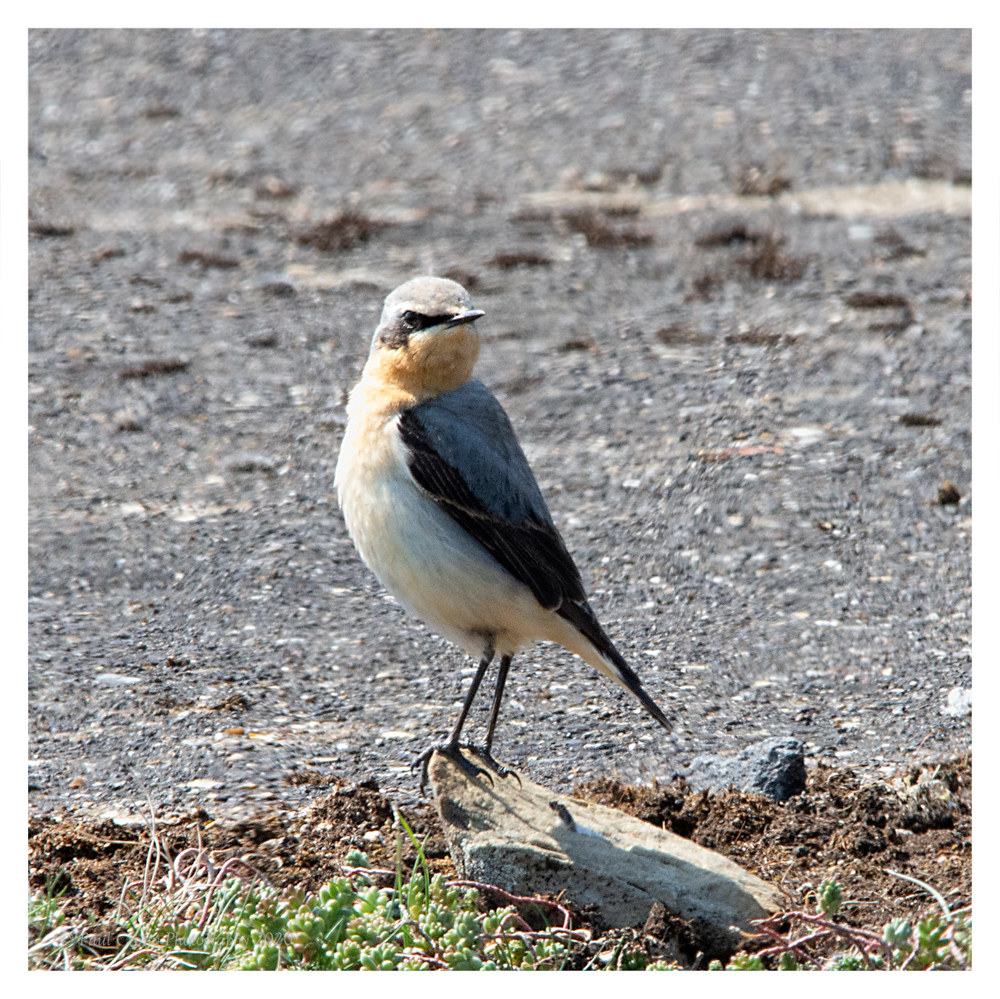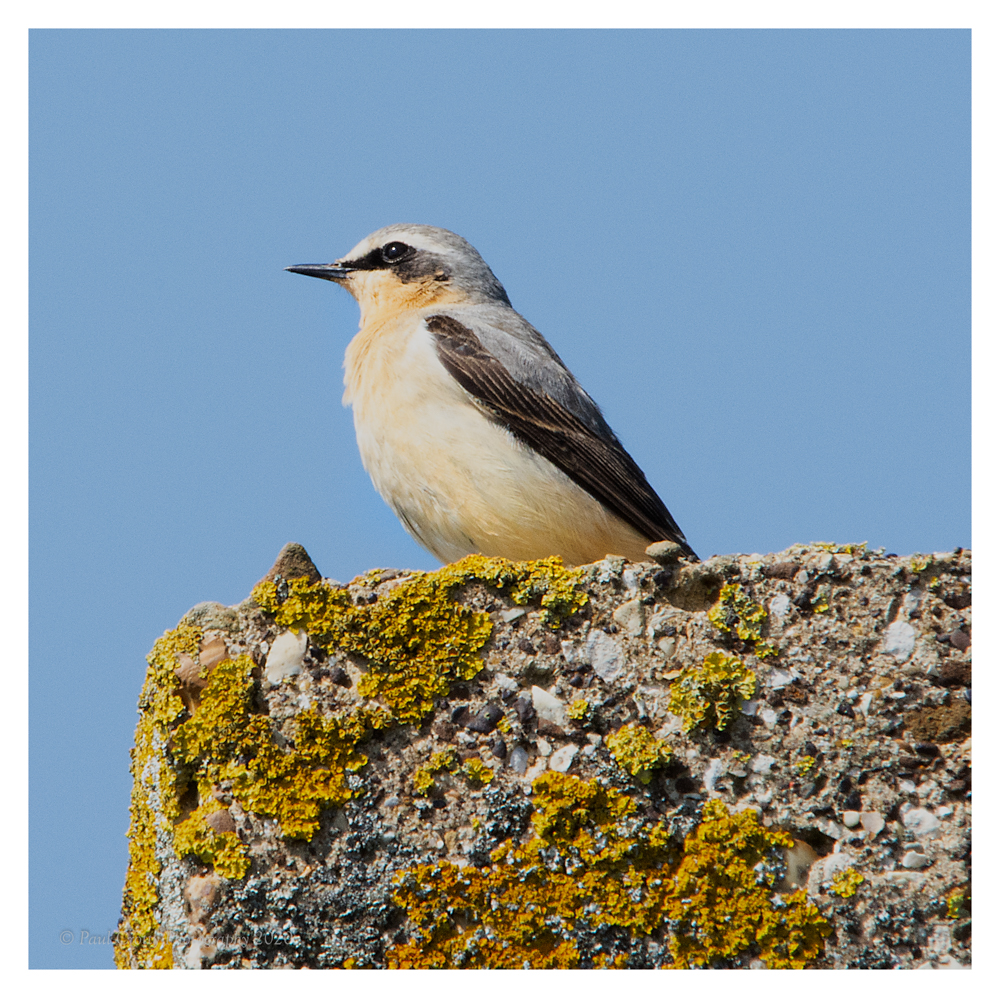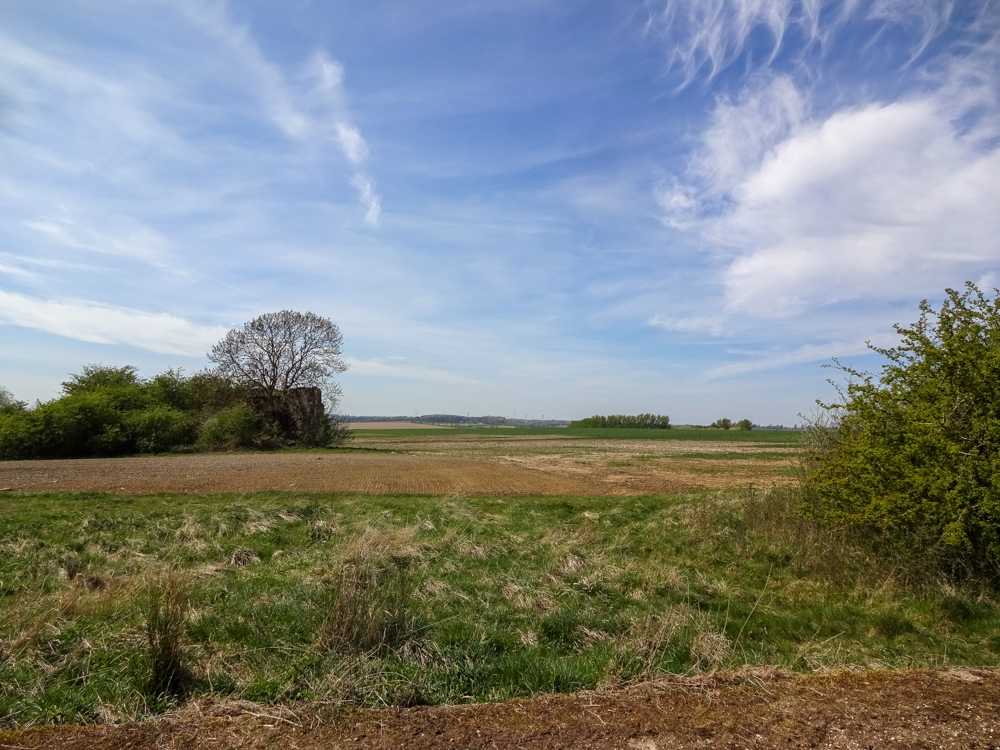
Looking west towards Clipston area
HARRINGTON AIRFIELD
Harrington airfield, known as Station 179 during WW2, was built by the 826th and 852nd Engineer Battalions of the US Army as a Class A airfield intended for heavy bomber use, the main runway length being approximately a mile. Construction started on the 11th July 1942 by a battalion of aviation engineers who were subsequently alerted and sent to the North African Theatre of Operations. The two other engineering battalions carried on the work. The airfield was completed in the spring of 1944.
Approximately 860,000 square yards of concrete were laid, with one and three quarter million bricks being used, 210,000 cubic yards of soil being moved and 6 miles of roadway formed. It later became a Thor Nuclear Missile site.
Harrington Museum
Read the full history and other information here –
https://harringtonmuseum.org.uk/history-of-harrington-airfield/
Another fascinating piece relating to Harrington
SUPPLYING THE RESISTANCE
OSS Logistics Support to Special Operations in Europe
by Troy J. Sacquety, PhD
click here
https://arsof-history.org/articles/v3n1_supplying_resistance_page_1.html
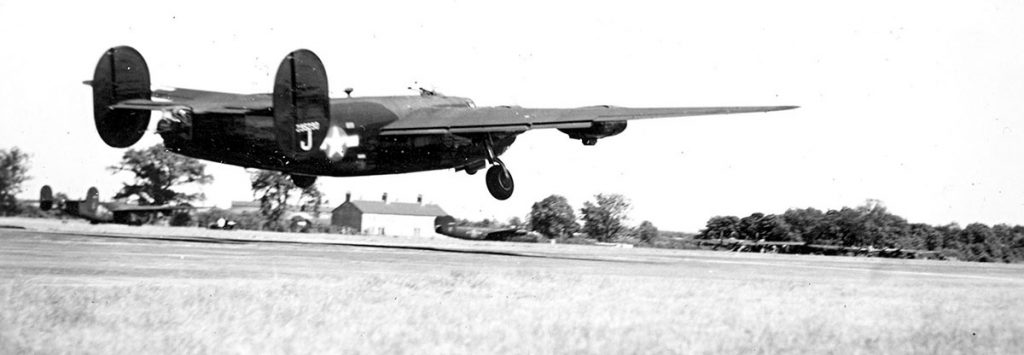
Today the airfield is mostly given over to agricultural land with the remains of the launch pads and small buildings around the area. It is now well known as a birding spot with the chance of spotting rarities.
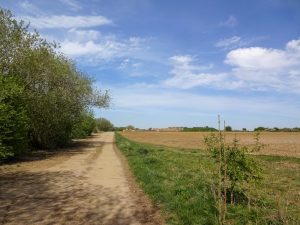
Concrete Track
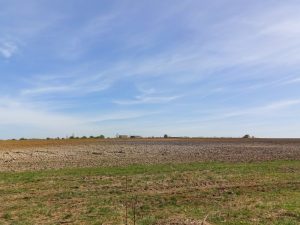
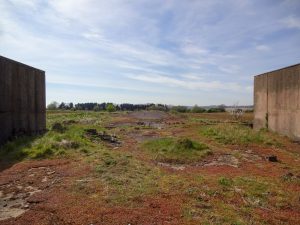
Thor Missle Launch Pad area
My 1st visit – 15th April 2020
I parked at Access Point 1, there is room for several cars here. Follow the Bridleway sign and walk along the concrete road/track. It was a lovely sunny spring day with clear skies and about 18 degrees.
Not far along the track and a Kestrel passes overhead pausing in the distance to hover before moving off. Further up the track a Skylark rises and sings away (too far away for a photograph). Robins and Blue Tits are present in the bushes but I only caught a glimpse.
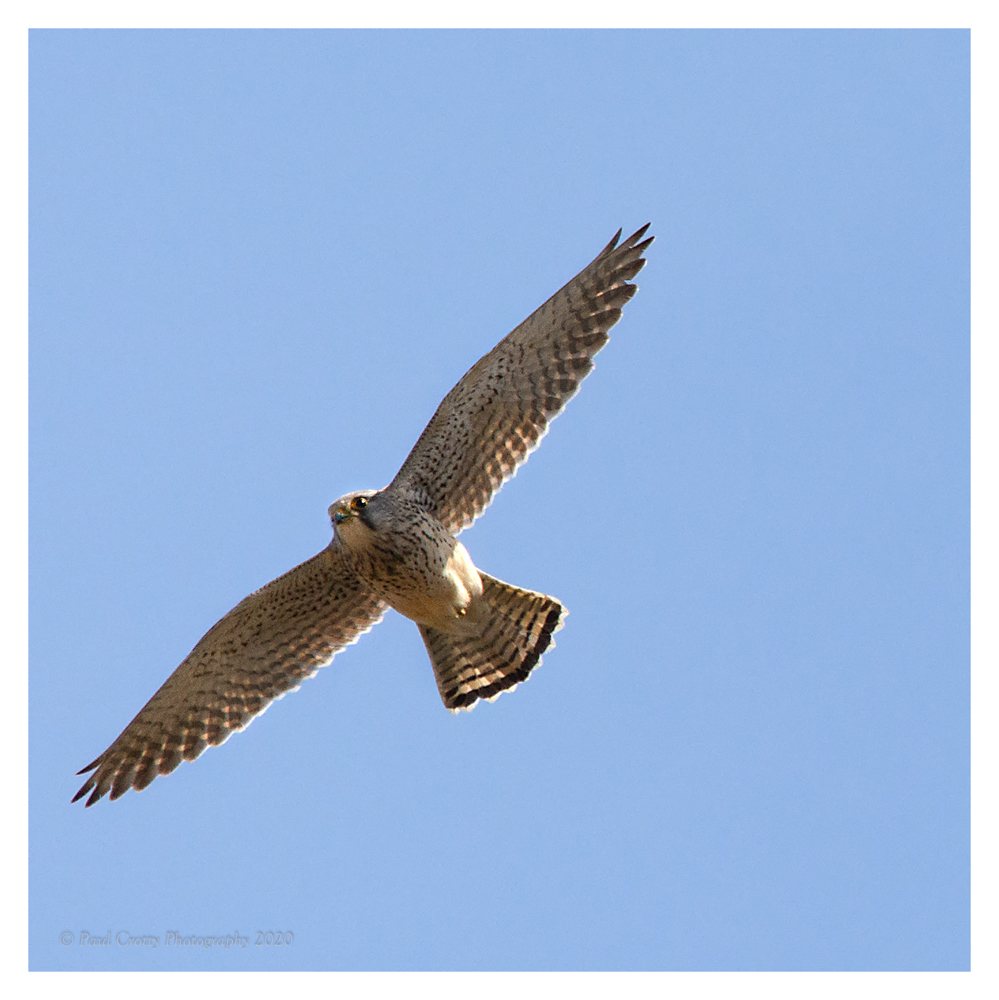
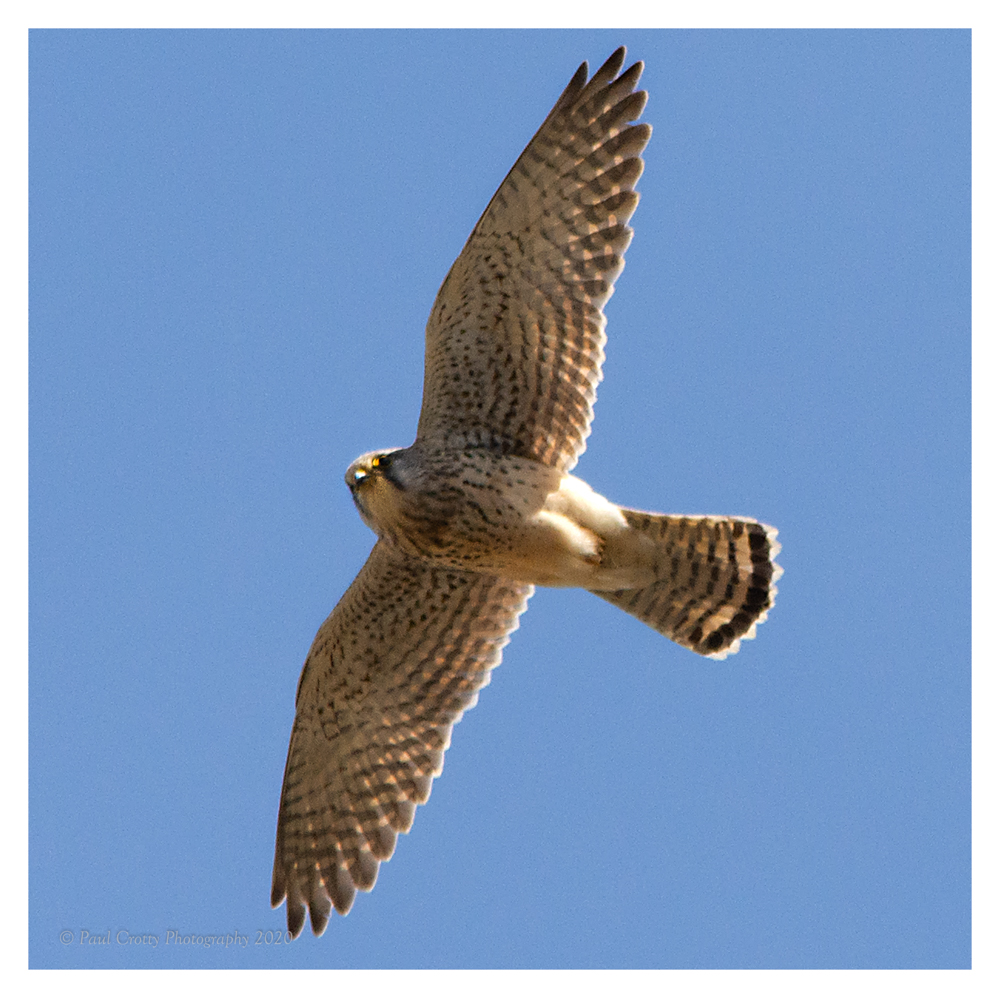
Eventually you reach a junction I turned right towards the derelict launch pad areas. Here it is denser bushes and small trees. Birds are obviously! here, you can here them. A chiffchaff is singing in a low bush in the debris of one of the launch pad, but hid well enough to prevent a good photo.
I followed the path away from the Launch pad area deeper into the bushes. Resting in the bush ahead of me a Chaffinch (at the time I did not know what it was, I needed to get home and consult my books). There are lots of birds moving between the various bushes – Yellowhammers, Chaffinches and Reed Buntings. I spent a while here watching and taking photographs (delightful.)
Out in the ploughed field a HUGE flock of pigeons the most I have ever seen together. A Pheasant strolls out of the undergrowth. I turn and begin to head back towards the car (so far I have not seen a single person). The same Chiffchaff is still singing but still eluded me as to a good image.
Now walking back along the Bridleway track 2 Red Kites appear in the distance and begin to soar above the ploughed field ( it is huge) sadly they move away to the north. back near the car is a small coppice here was a Chiffchaff, Dunnocks, Yellowhammers, Blackbirds and Robins.
A great way to spend a few hours.
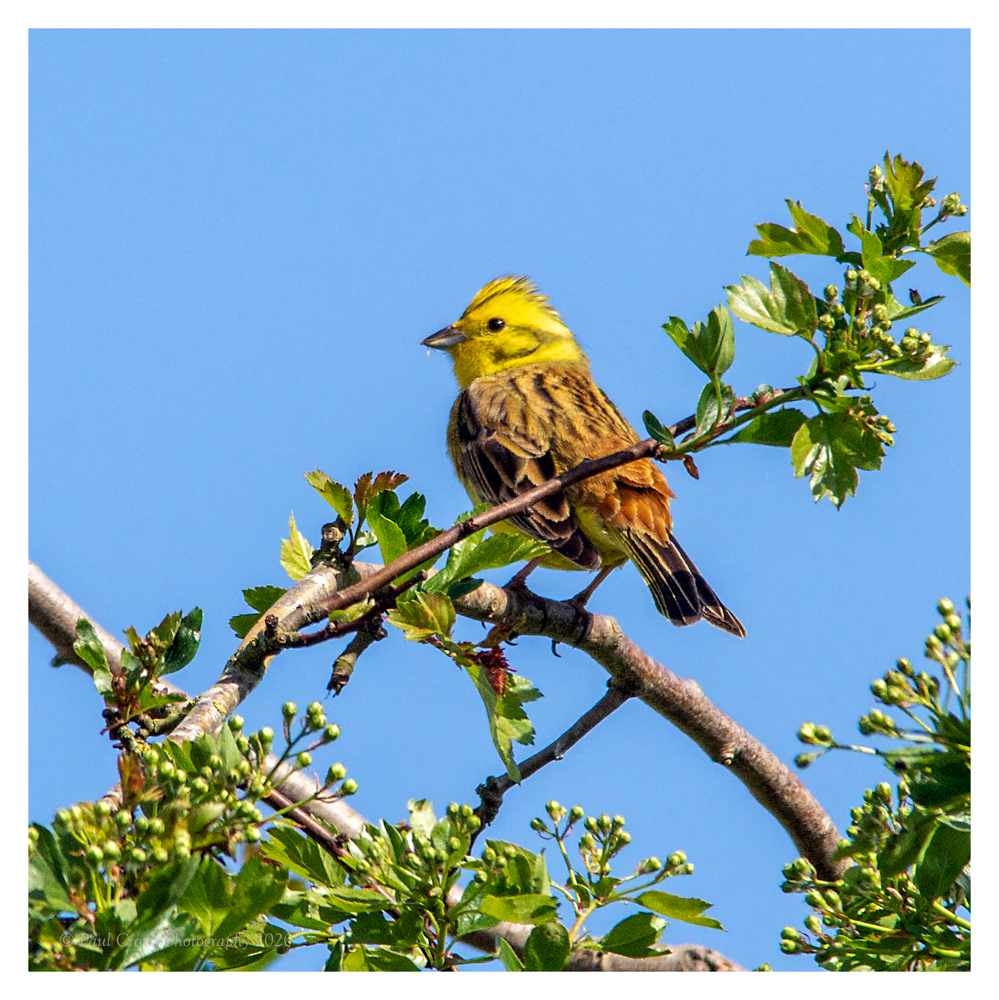
Yellowhammer
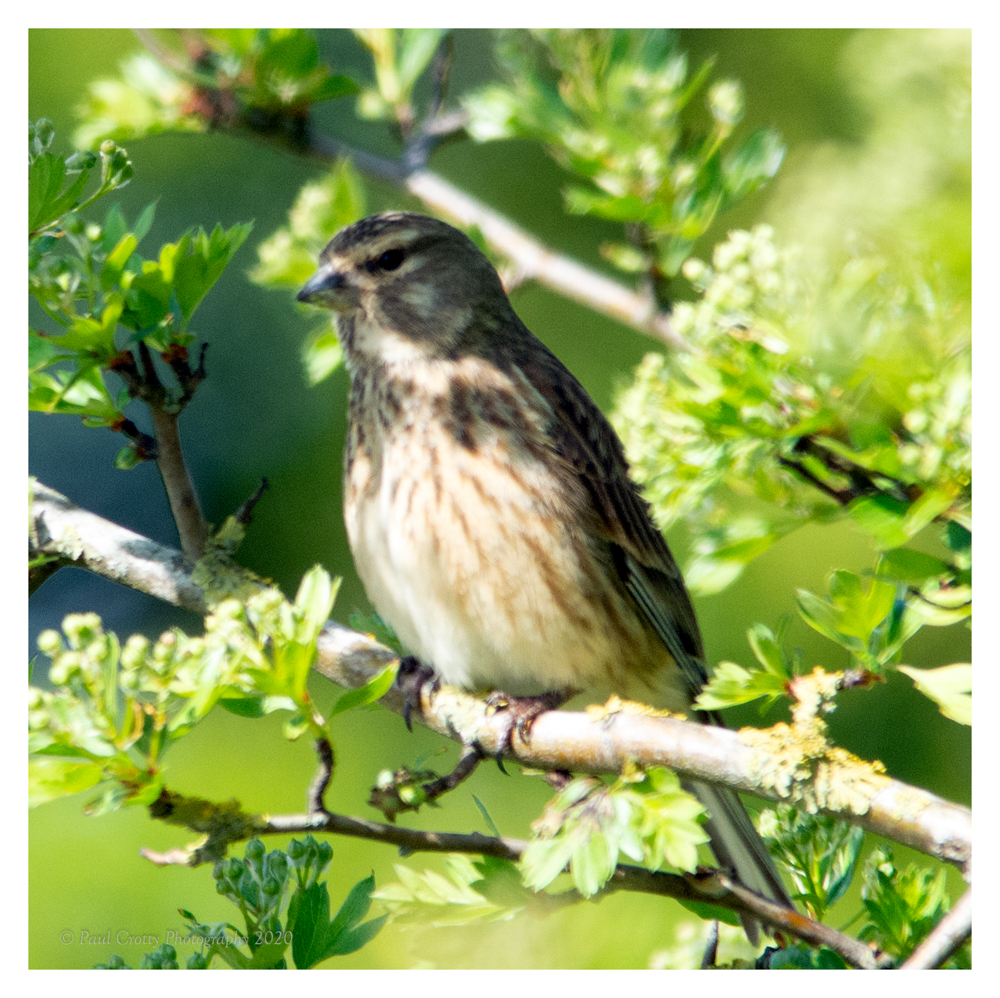
Reed Bunting
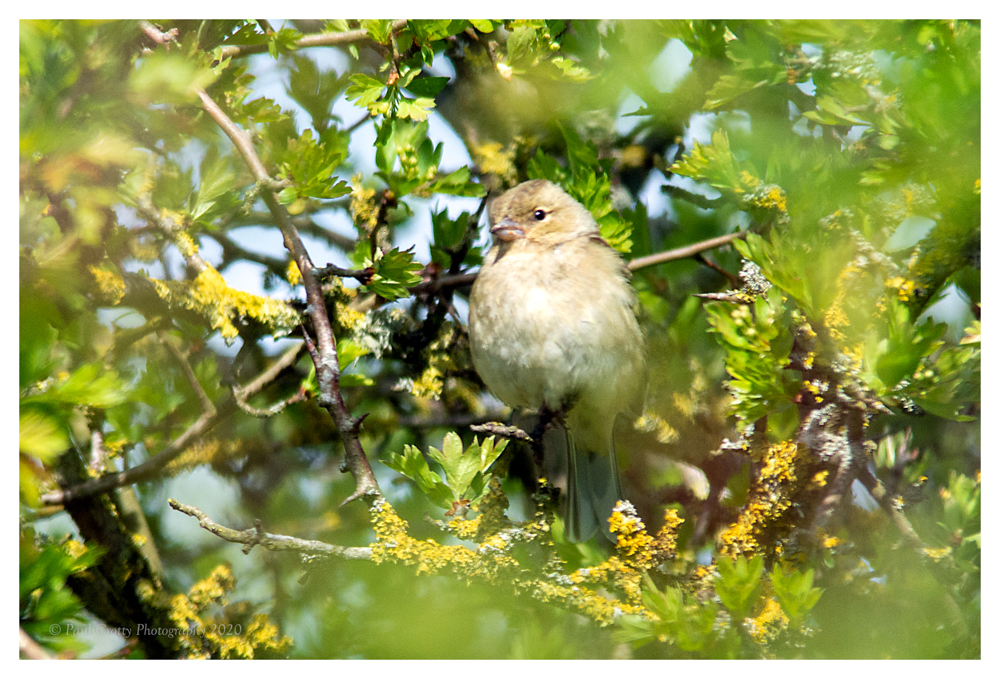
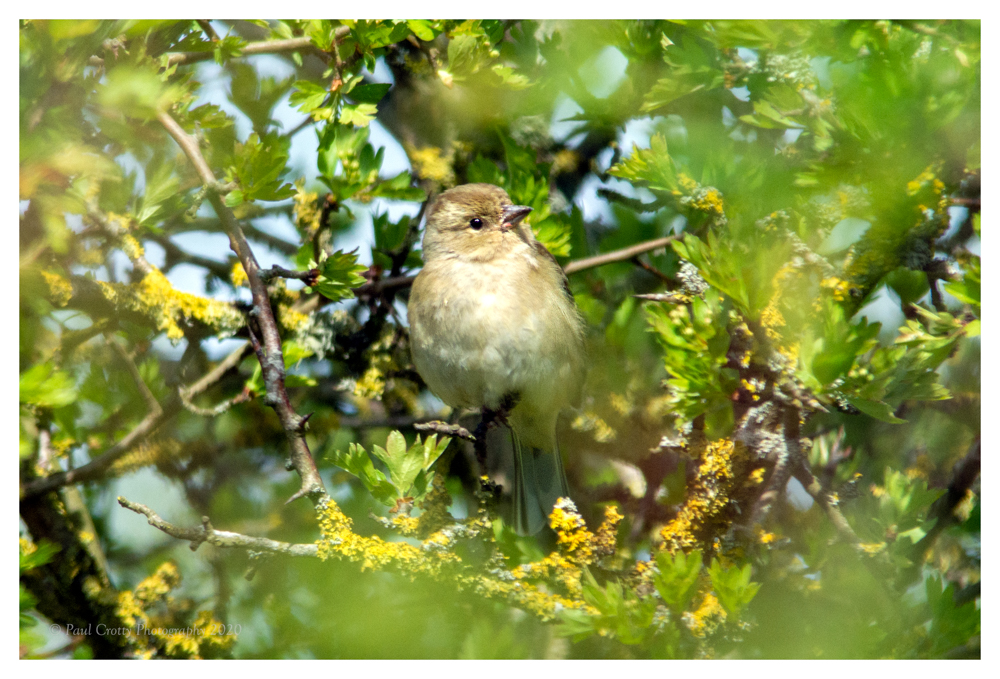
Chaffinch F
Visit on May 7th 2020
It was a very warm day with cloudless skies. I was expecting to see very little and certainly not the Greenland Wheatear present, thinking it had probably departed north.
As I made my way through the bushes towards the bunker area very few birds were showing, 1 Yellowhammer in fact.
As I approached the bunker I spotted a bright coloured bird perched on the broken concrete, sure enough it is the Wheatear. I approached quietly keeping bushes between me and the bird. It moved between the ground and its perch on the rock. I managed to get many shots. It did not seem to be bothered about my prescence. I observed it for about 20 minutes. In the distance was the female bird.
So in the end a great afternoons walk.
